Major Report on Hydrogen Embrittlement in Offshore Environments
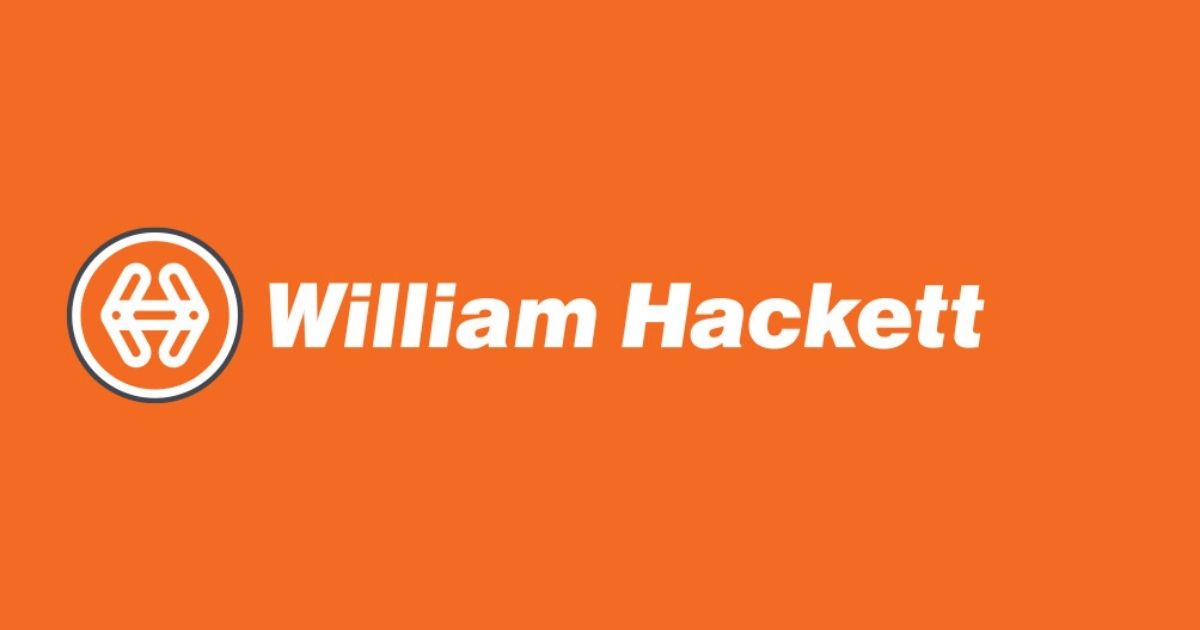
William Hackett, world-leaders and pioneers of offshore lifting hoists and chains, announces today the release of its industry report to help minimize the risk of Hydrogen Embrittlement (HE) and Stress Induced Corrosion Cracking (SICC).
The report includes guidance on material choices used in topside and subsea lifts, and is seen as a major step forward in increasing awareness for offshore operators of the risks associated with HE and SICC.
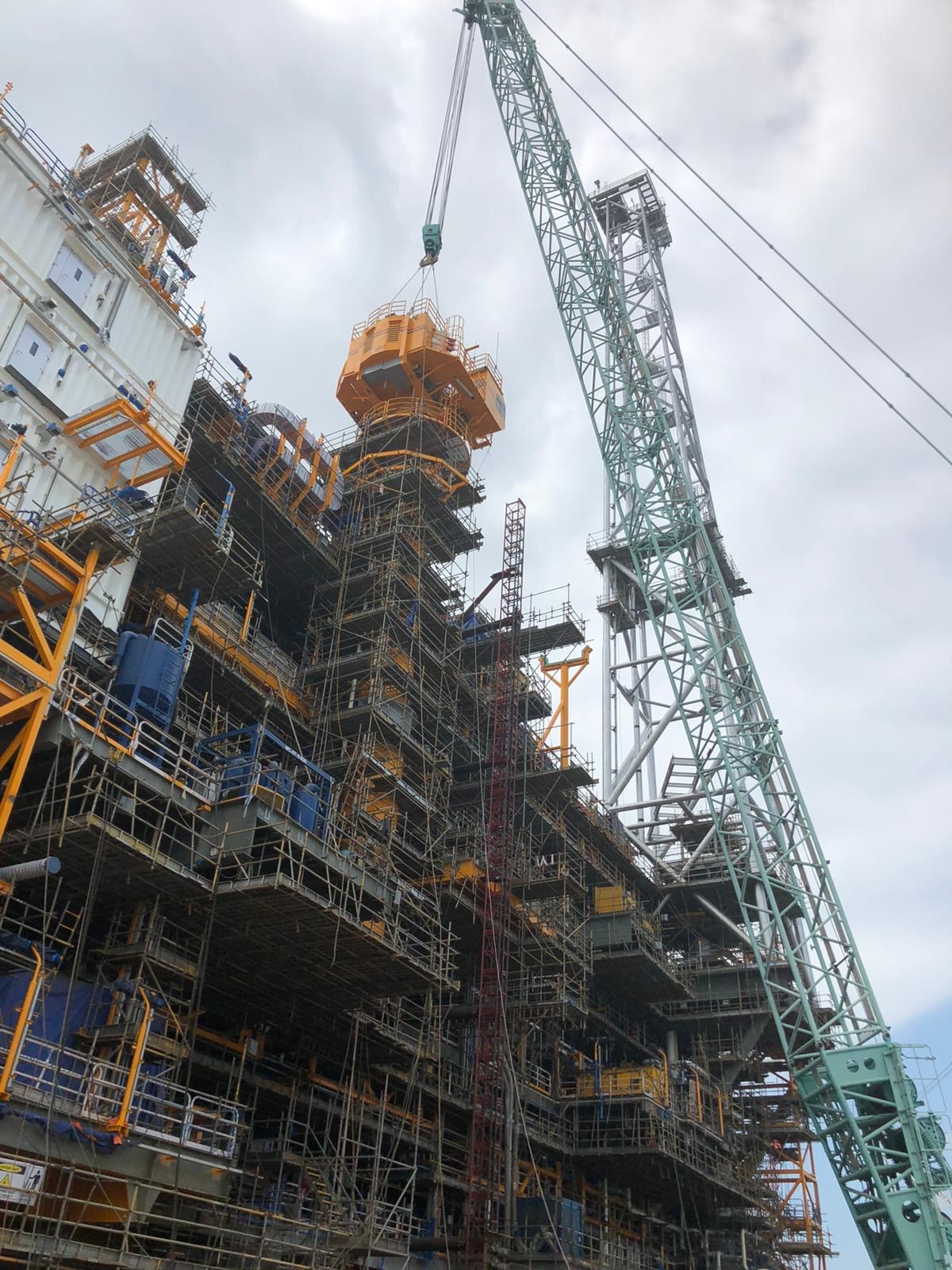 Ben Burgess, Director of William Hackett Lifting Products, says: “There is a real concern across industry regarding the impact of HE and SICC on chains and links used in lift and hoist projects across offshore environments.”
Ben Burgess, Director of William Hackett Lifting Products, says: “There is a real concern across industry regarding the impact of HE and SICC on chains and links used in lift and hoist projects across offshore environments.”
Peer-reviewed by a number of organizations and authorities, the report – which can be downloaded here – takes a major step forward to explain the critical impact of HE.
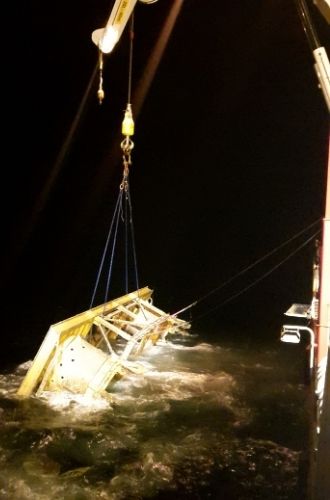 Dr. Emilio Martínez-Pañeda, Assistant Professor at Imperial College London and a world-recognized expert in hydrogen embrittlement, welcomed the report. While not directly involved in the report’s findings, Dr Martínez-Pañeda emphasized the challenging nature of hydrogen embrittlement and its important implications: "Hydrogen is famed for causing notorious structural integrity problems that are difficult to predict, and there is a need for new guidelines and solutions."
Dr. Emilio Martínez-Pañeda, Assistant Professor at Imperial College London and a world-recognized expert in hydrogen embrittlement, welcomed the report. While not directly involved in the report’s findings, Dr Martínez-Pañeda emphasized the challenging nature of hydrogen embrittlement and its important implications: "Hydrogen is famed for causing notorious structural integrity problems that are difficult to predict, and there is a need for new guidelines and solutions."
“Based on our own experiences of how our products perform offshore, combined with the manufacturing expertise of McKinnon Chain and outcomes of detailed technical analysis by industry partners, we have identified that as material hardness exceeds 39-40 HRC, the risk of HE and SICC increases as the hardness values rise,” says Burgess.
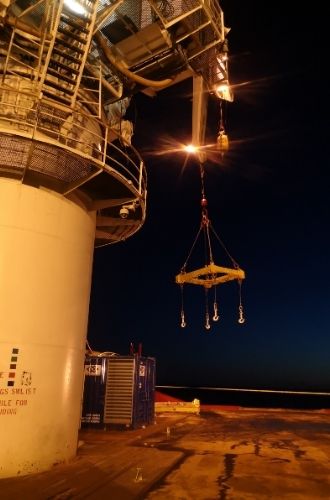 But the issue of HE is not limited to just one type of activity. Examples include the failure of G10 welded chain slings in a container fleet in Norway, to the USA where a global oil company had to withdraw a number of lifting appliances and promptly introduced an inspection regime before any future lift work was carried out.
But the issue of HE is not limited to just one type of activity. Examples include the failure of G10 welded chain slings in a container fleet in Norway, to the USA where a global oil company had to withdraw a number of lifting appliances and promptly introduced an inspection regime before any future lift work was carried out.
The report also highlights that whilst products may be fully compliant with relevant International Standards, the reality is that when it comes to an offshore environment, they may be wholly unsuitable.
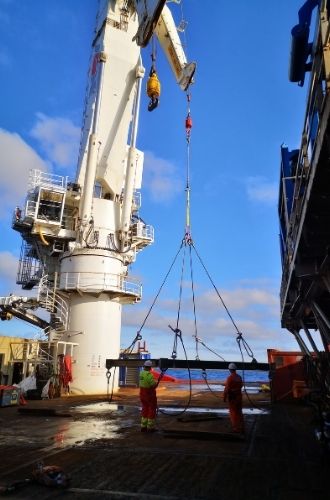 “Meeting the specific International Standards should not be seen as a guarantee that specific equipment is fit for purpose in an offshore environment,” highlights Burgess. “Specific environmental and performance considerations for equipment used offshore needs to be a key part of the material specification and selection process.”
“Meeting the specific International Standards should not be seen as a guarantee that specific equipment is fit for purpose in an offshore environment,” highlights Burgess. “Specific environmental and performance considerations for equipment used offshore needs to be a key part of the material specification and selection process.”
“To put this into context,” says Burgess, “a Grade 8 master link, when correctly heat treated, will provide toughness, tensile strength and resistance to shock absorption in loading, and at hardness levels that enable the steel in the product to withstand extreme conditions of the offshore environment.”
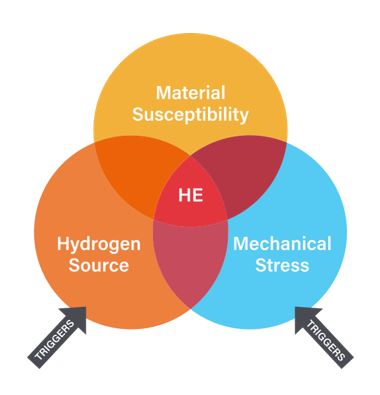 Correct materials selection is critical, especially when it comes to problems such as HE. Operators need to ensure that despite commercial pressures, the products used in the offshore environment are fully appropriate for their intended use, and that the environmental conditions, mechanical stresses and material susceptibility have all been assessed rigorously.
Correct materials selection is critical, especially when it comes to problems such as HE. Operators need to ensure that despite commercial pressures, the products used in the offshore environment are fully appropriate for their intended use, and that the environmental conditions, mechanical stresses and material susceptibility have all been assessed rigorously.
Dr Martínez-Pañeda noted that while the scientific community has achieved great progress in using simulation tools to predict the behavior of components exposed to hydrogen, challenges remain and “the materials to be used and the manufacturing process has to be tested and assessed to minimize the risks as much as possible.”
The report looks at key areas around HE including causal factors, best practice methods to reduce risk and recommendations around specific product groups and key performance requirements.
“Managing the risks of HE and SICC requires a change of mindset,” says Burgess. “The advancement towards higher and higher grades of steel should be treated with caution. In an offshore environment, procurement and quality assurance policies should include comprehensive details of the material’s properties, as well as standard compliance. Without the proper understanding of the material and its use offshore, the end result is increased risk to operations,” he added.
The company is taking further steps to help minimize the risks of HE and extend the life-span of master links with the introduction of Zinc-ToughTM – an innovation that applies a zinc layer to the product which significantly reduces the speed at which corrosion occurs. It extends the product lifespan and also reduces the risk of HE in comparison to other coating processes such as galvanizing and electroplating.
William Hackett has delivered more than 550,000 master links. Burgess says, “We are immensely proud of our track record in the supply of HA links to Shell, BP, ExxonMobil, TechnipFMC, Saipem, Subsea 7, Oceaneering and every other major offshore operator. We have not had one suspected case of HE to-date, which reinforces the quality approach we take in how our products are manufactured.”
On 5 November 2020, 14.00 hrs UTC, an industry-wide webinar led by William Hackett, Total and McKinnon Chain, will discuss HE and how to minimize risk in offshore operations from Stress Induced Corrosion Cracking. It is free to register here.

